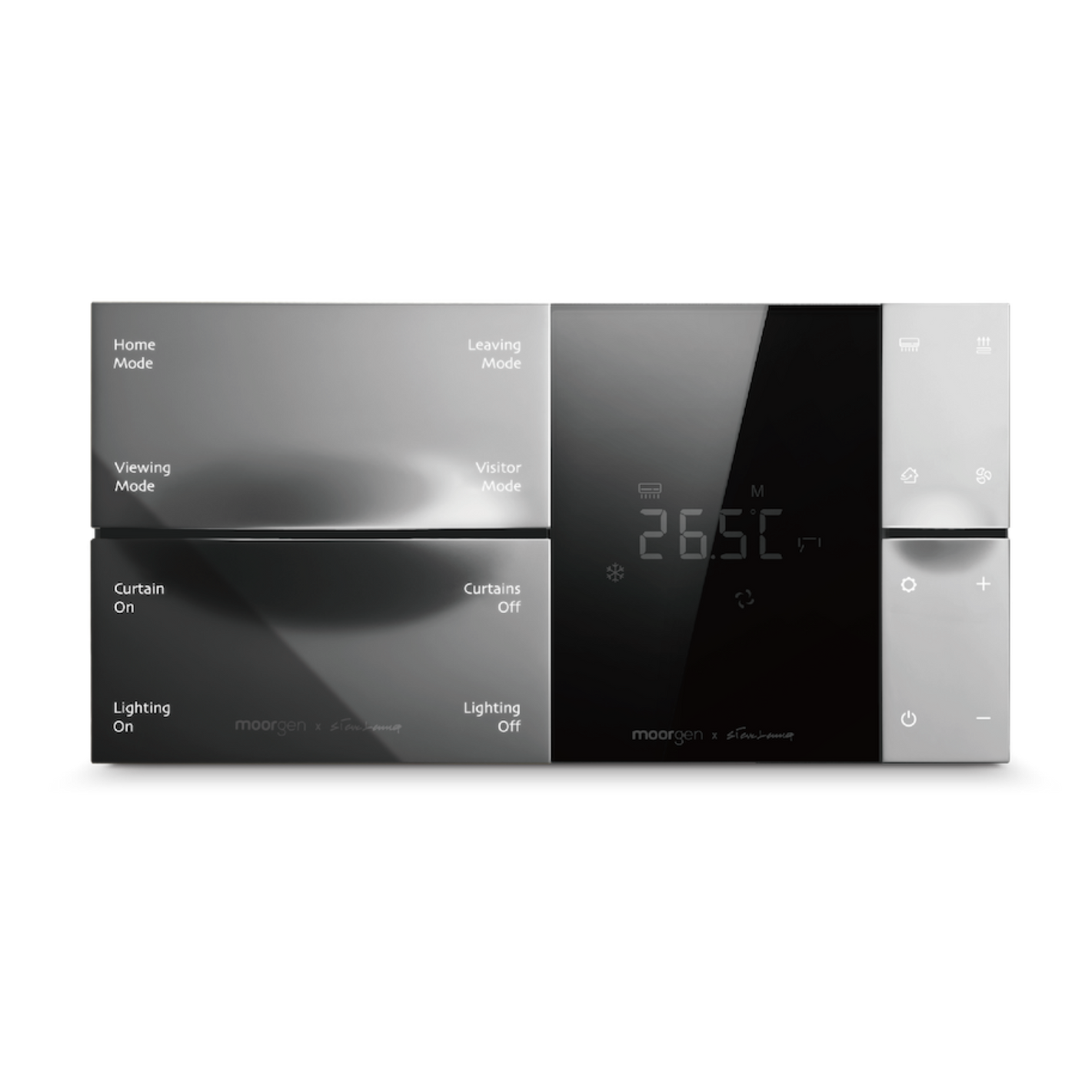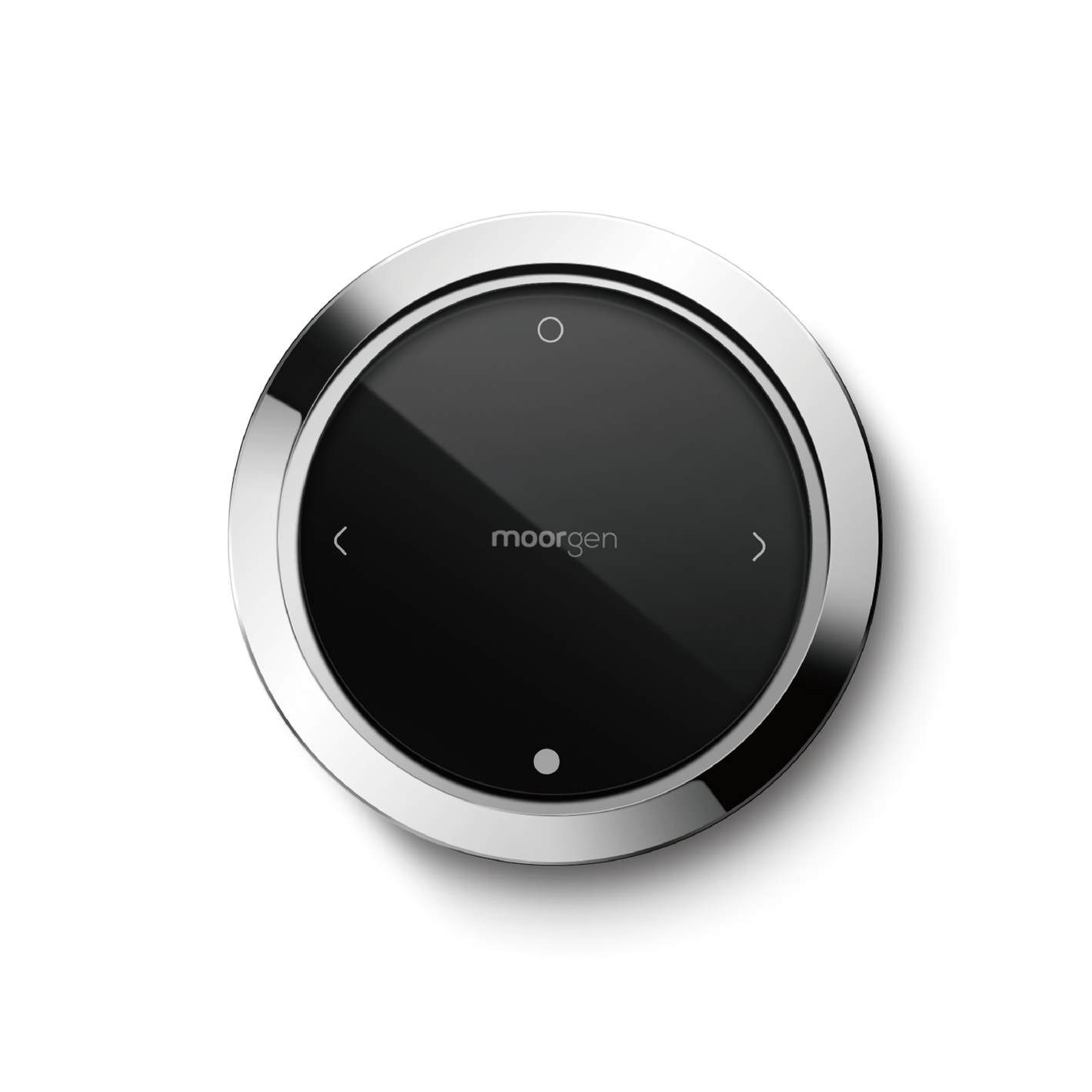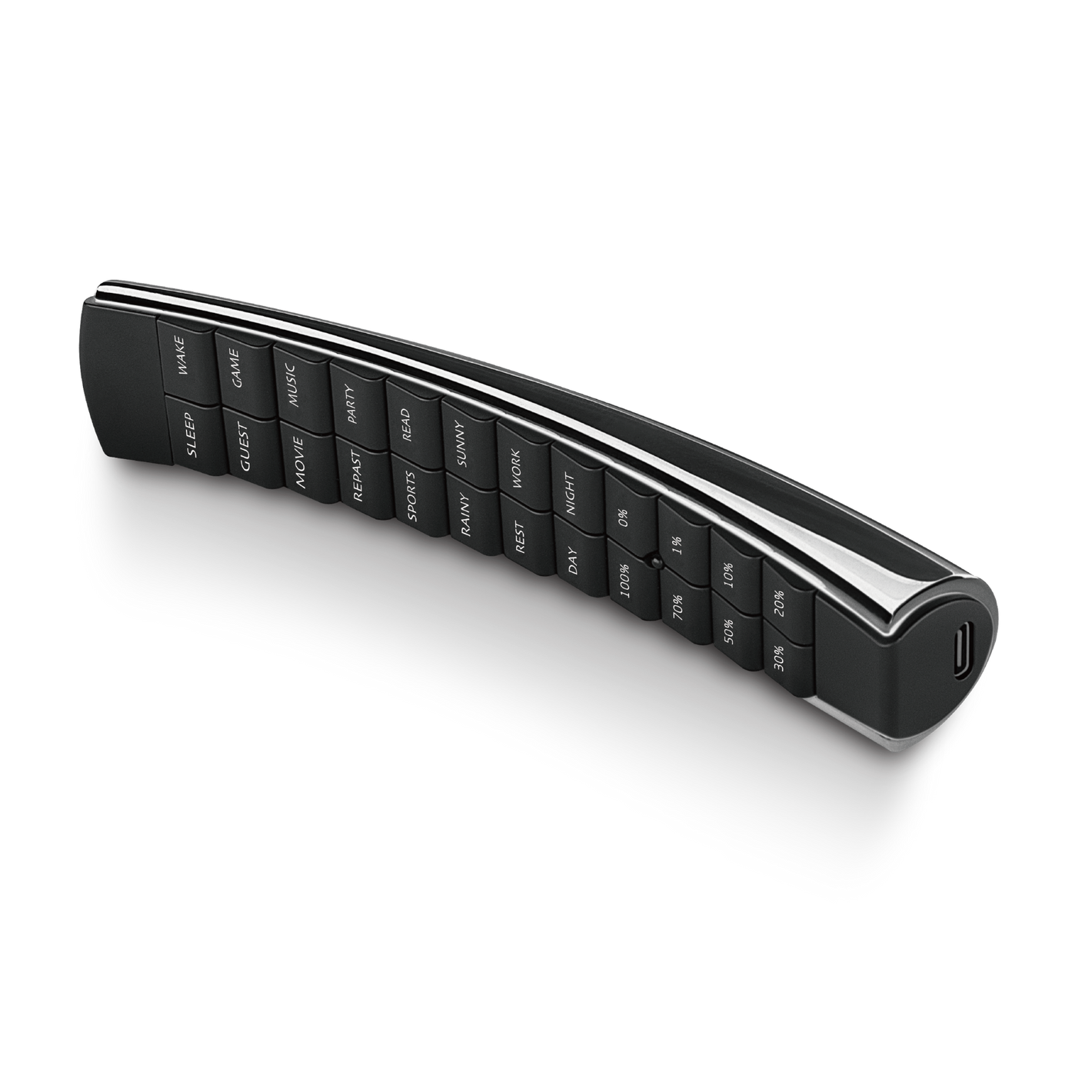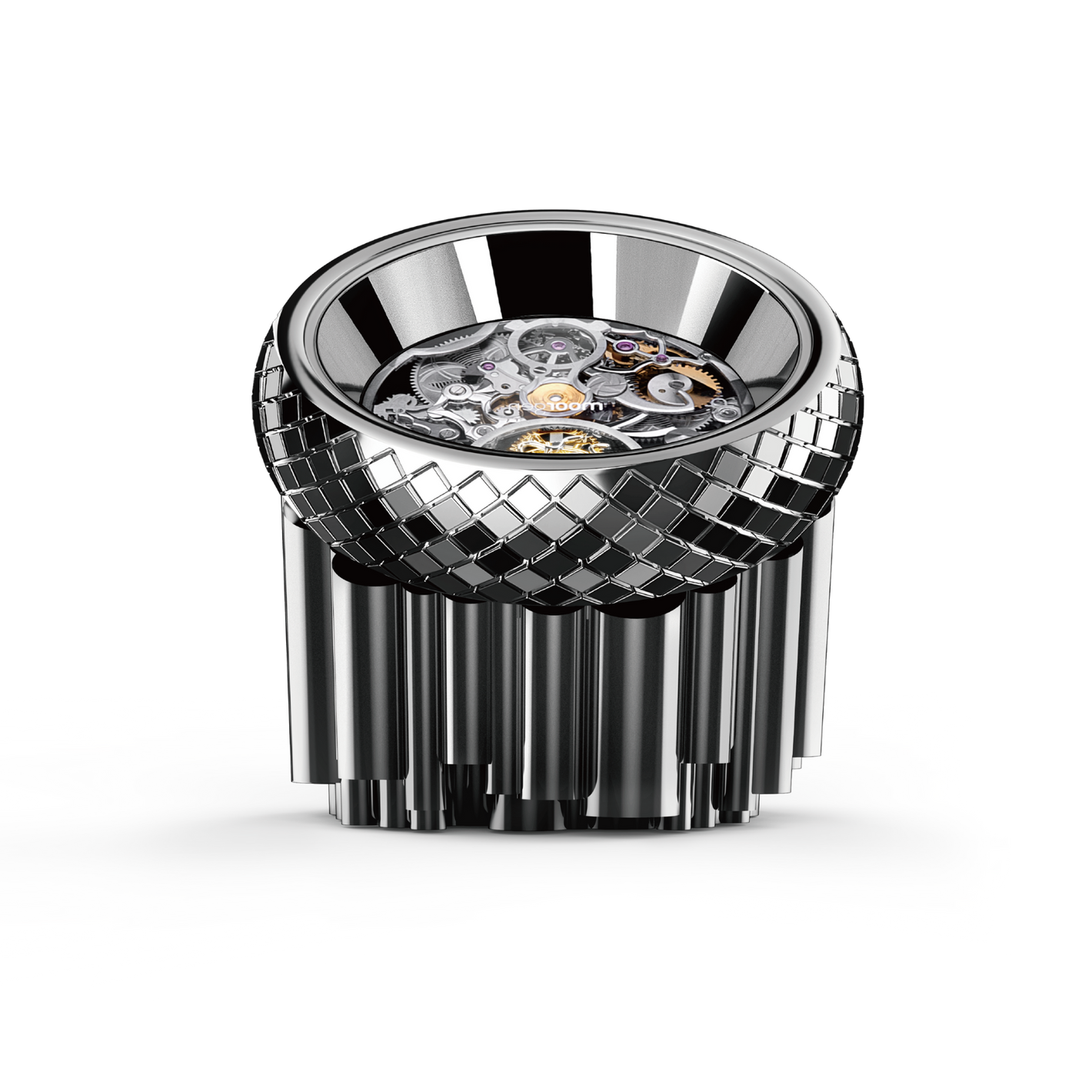【Smart Living】How to Choose the Capacity of an Air Conditioner?
When purchasing an air conditioner, one of the most common indicators you'll encounter is its capacity, typically measured in horsepower (HP). Commonly seen capacities include ¾ HP, 1 HP, 1.5 HP, 2 HP, 2.5 HP, and 3 HP. Generally, people understand that a larger capacity means more cooling power. But how do you determine the right capacity for your home? How much horsepower is the most energy-efficient? And do the methods for calculating capacity differ between fixed-speed and inverter air conditioners? This article from Moorgenzine will provide detailed answers.
Key points covered in this article:
- What is air conditioner capacity?
- Matching home/room size with air conditioner capacity
- Air conditioner capacity and power consumption - Does lower capacity always mean lower electricity consumption?
- Is there a difference in capacity between fixed-speed and inverter air conditioners?
- Air conditioners with the same capacity and energy labels - Energy efficiency differences can reach up to 12.4%
What is air conditioner capacity?
Air conditioners are commonly categorized into capacities such as ¾ HP, 1 HP, 1.5 HP, 2 HP, 2.5 HP, and 3 HP. Essentially, the capacity of an air conditioner represents its cooling power. However, before understanding capacity, it's important to grasp another unit, BTU (British Thermal Units), which measures cooling capacity. Air conditioner cooling capacity is typically measured in BTU/h (British Thermal Units per hour) or kilowatts (kW), which helps understand power consumption. So, what exactly is horsepower (HP), and how does it relate to BTU/h and KW? Regardless of HP, BTU/h, or KW, all are used to calculate cooling capacity, just with different units, much like temperature can be measured in Celsius, Fahrenheit, or Kelvin. Therefore, HP, BTU/h, and KW are interchangeable, with the following conversion formulas:
1 HP = ~9,000 BTU/h = ~2.638 KW
Matching home/room size with air conditioner capacity
The most direct method for choosing the capacity of an air conditioner is to calculate based on the size of your home/room. Below is a summary of the recommended air conditioner capacities for different room sizes:
|
Room Area |
Required Capacity (HP) |
Cooling Capacity - (BTU/h) |
Cooling Capacity - (KW) |
|---|---|---|---|
|
50 - 70 |
3/4 |
6,500 - 7,200 |
~ 1.978 |
|
80 - 100 |
1 |
8,000 - 9,000 |
~ 2.638 |
|
110 - 150 |
1.5 |
12,000 - 14,000 |
~ 3.957 |
|
160 - 200 |
2 |
16,000 - 18,000 |
~ 5.276 |
|
210 - 250 |
2.5 |
20,000 - 24,000 |
~ 6.595 |
|
260 - 300 |
3 |
25,000 - 28,000 |
~ 7,914 |
If two air conditioners have the same capacity, a higher BTU/h indicates a stronger cooling capacity. However, if your home receives constant sunlight, the required capacity may need to be higher accordingly.
Air conditioner capacity and power consumption - Does lower capacity always mean lower electricity consumption?
When purchasing an air conditioner, besides considering capacity, it's essential to think about power consumption, as it directly impacts electricity bills. Generally, air conditioner capacity and power consumption are directly proportional. For example, for a 1 HP air conditioner, which is about 9,000 BTU, the power consumption per hour is approximately 960 watts. Assuming the air conditioner is used 8 hours a day, it would consume about 6.6 kWh. The following are reference data from the Hong Kong Electric:
|
Capacity |
Cooling Capacity |
Cooling Capacity |
Max Power |
8-hour Consumption |
|---|---|---|---|---|
|
3/4 |
7,000 |
2.05 |
820 |
5.64 |
|
1 |
9,000 |
2.64 |
960 |
6.60 |
|
1.5 |
13,000 |
3.81 |
1,440 |
9.91 |
These are approximate reference data based on the air conditioner's maximum power consumption. Actual electricity consumption may vary due to different temperature settings, room airflow, compressor conditions, etc. You can also use the Electrical and Mechanical Services Department (EMSD)'s "Energy Calculator" to estimate the annual electricity cost for different air conditioner brands.
These are just approximate reference data. To compare the energy efficiency of two air conditioners, what indicator should you look at? The answer is the Energy Efficiency Ratio (EER). The EER represents the efficiency of an air conditioner. In other words, for two air conditioners with the same capacity or cooling capacity, the one with a higher EER will have higher cooling efficiency with the same power consumption, thereby saving more electricity.
The Energy Efficiency Ratio (EER) of commonly available air conditioners typically ranges from 8 to 10. You can also calculate it yourself using the following formula:
Energy Efficiency Ratio (EER) = Cooling Capacity (BTU/h) / Power Consumption (W)
Does lower capacity always mean lower electricity consumption?
Lower capacity doesn't always mean the most energy-efficient. Energy efficiency depends on three factors:
- Indoor space area
- Energy Efficiency Ratio (EER)
- Adjusted temperature
Suppose you choose a lower-capacity air conditioner to save electricity but the indoor space exceeds the corresponding area range. In that case, the air conditioner will need to operate at a high power consumption for an extended period to maintain the temperature, ultimately consuming more electricity. Therefore, calculating the appropriate air conditioner capacity based on the space area is crucial for saving electricity.
Is there a difference in capacity between fixed-speed and inverter air conditioners?
Air conditioners on the market are generally categorized into fixed-speed and inverter types, which significantly differ in terms of power consumption:
Fixed-speed air conditioners
These can only operate at one speed, so when selecting, it's crucial to calculate the required capacity for the space accurately. If the capacity is too high, the air conditioner will operate at an unnecessary speed for an extended period, consuming unnecessary electricity. If the capacity is too low for a large space, the air conditioner may not be able to meet the temperature requirements.
Inverter air conditioners
As the name suggests, inverter air conditioners can automatically adjust their operating speeds. They start at the highest speed, but once the indoor temperature reaches the set temperature, they reduce the speed to maintain the temperature, resulting in a more energy-efficient state.
If you opt for an inverter air conditioner, capacity calculation is flexible. It's recommended to choose an inverter air conditioner with half a horsepower larger than the required capacity for the space. This can rapidly lower the indoor temperature to the set temperature, after which the air conditioner will reduce its operating speed to maintain the temperature, thus saving electricity.
In general, inverter air conditioners save an average of 40% electricity compared to fixed-speed ones.
What else should you consider when purchasing an air conditioner? You can refer to the 【Smart Home Living】Buyer’s Guide to Air Conditioners 2024
Air conditioners with the same capacity and energy labels - Energy efficiency differences can reach up to 12.4%
After seeing so many numbers, you might not want to read further. However, apart from calculating the Energy Efficiency Ratio (EER) yourself, a more direct method to determine whether an air conditioner is energy-efficient is to check its "energy label."
To facilitate and encourage citizens to choose energy-efficient appliances, the government has implemented the "Mandatory Energy Efficiency Labeling Scheme," requiring appliances to be labeled with energy efficiency labels to help consumers better understand and compare their energy efficiency when purchasing appliances.
The energy label mainly consists of three indicators:
- Energy Efficiency Grade - Ranges from Grade 1 (highest) to Grade 5 (lowest)
- Annual Power Consumption
- Cooling Capacity (KW) - Maximum cooling capacity
Taking window-type air conditioners as an example, a "Grade 1 Energy Label" can save up to 11% compared to a "Grade 3 Energy Label" and up to 25% compared to a "Grade 5 Energy Label."
For split-type air conditioners, the difference is even more significant, with a "Grade 1 Energy Label" saving 36% compared to a "Grade 3 Energy Label" and up to 61% compared to a "Grade 5 Energy Label."
However, some evaluation agencies have mentioned that even if air conditioners have the same capacity and energy labels, the Energy Efficiency Ratio (EER) can differ by up to 12.4%. Therefore, when purchasing air conditioners, it's recommended to look at different evaluation reports or pay attention to air conditioner comparison information periodically released by consumer councils.
After reading this Moorgenzine article, we believe you have a deeper understanding of how to choose the capacity of an air conditioner. If you have any questions about smart homes, feel free to contact Moorgen anytime. Additionally, if you want to experience the lifestyle enhancement brought by smart door locks firsthand, you can visit Moorgen's showroom in North Point, Hong Kong, to experience Real Smart Home.
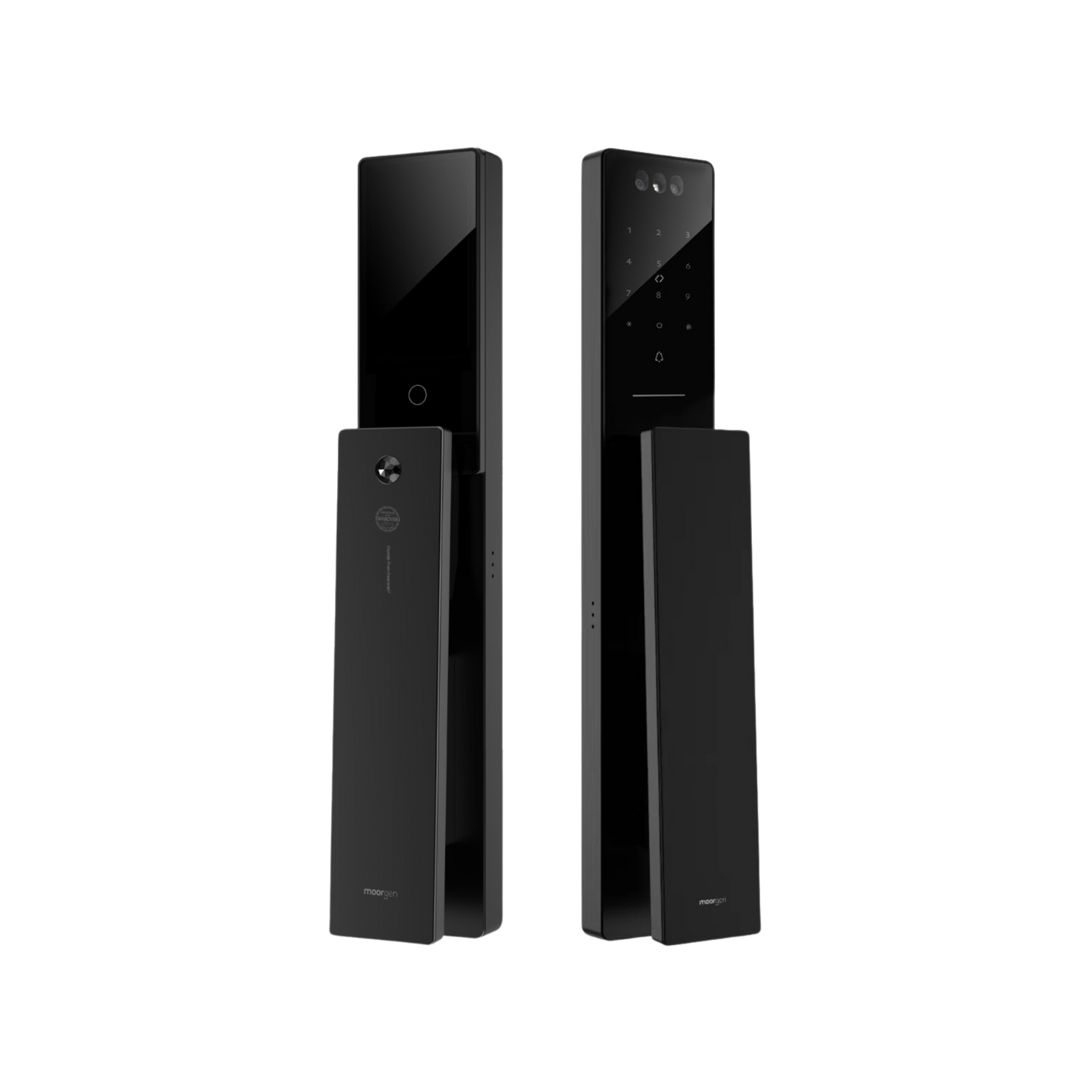


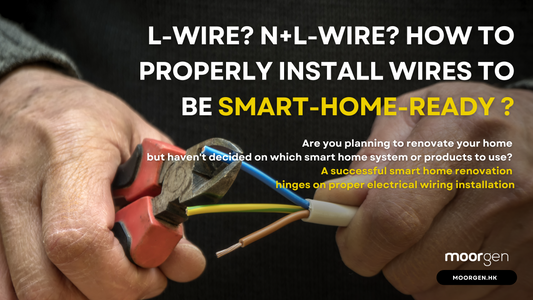
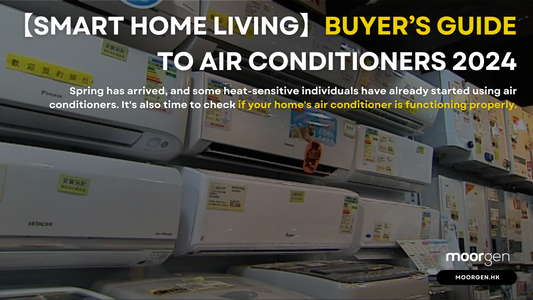
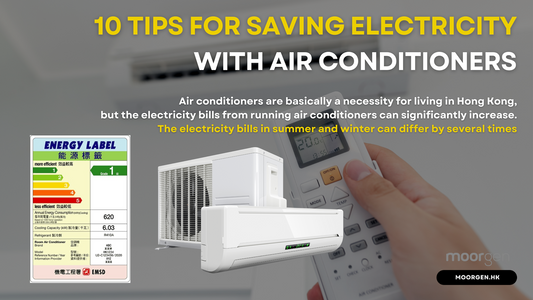

![[Smart Living] How to Choose a Smart Power Strip? Swift Transform Your Home into a Smart Home!](http://moorgen.hk/cdn/shop/articles/blog_cover_moorgen_how_to_choose_smart_power_strip.png?v=1728137093&width=533)
![[Smart Living] How to Choose LED Bulbs? Which Ones Are the Most Energy-Efficient?](http://moorgen.hk/cdn/shop/articles/blog_cover_moorgen_how_to_choose_led_bulbs.png?v=1728136975&width=533)
![[Smart Living] How to Choose an Instant Hot Water Dispenser and Use It Efficiently?](http://moorgen.hk/cdn/shop/articles/blog_cover_moorgen_how_to_choose_instant_hot_water_dispenser.png?v=1728136837&width=533)
![[Smart Living] 5 Energy-Saving Tips for Electric Kettles](http://moorgen.hk/cdn/shop/articles/blog_cover_moorgen_energy_saving_tips_electric_kettles.png?v=1728136710&width=533)
